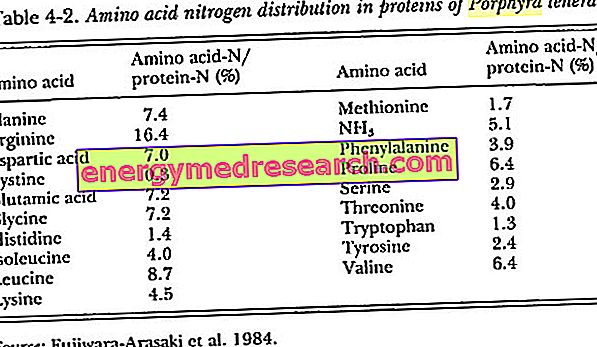Definition
Osteopetrosis is a group of rare genetic diseases affecting the skeleton.
These pathological conditions are characterized, in particular, by an increase in bone density (evident from radiographs), caused by a defect in the development or function of osteoclasts (cells normally assigned to osteolysis, ie to the removal of aged or damaged bone tissue) .
Despite the formation of excess bone, people with osteopetrosis tend to have more fragile bones than normal.
Osteopetrosis can be inherited in an autosomal recessive, dominant or X-linked manner. In about 70% of cases, it is possible to identify specific pathogenetic aberrations that explain the onset of the disease.
Most common symptoms and signs *
- Anemia
- Bone pain
- Articolar pains
- Pains of growth
- Muscle pains
- Hepatomegaly
- Bone fractures
- Hearing loss
- Hypocalcemia
- Pancytopenia
- Paresthesia
- thrombocytopenia
- Reduced vision
- Growth delay
- Mental delay
- Scoliosis
- Syndactyly
- splenomegaly
- Fatigue with spasms (spasmophilia)
Further indications
Also called the disease of "marble bones", osteopetrosis shows very variable clinical pictures. In some cases, the onset is neonatal and involves complications throughout life; at other times, symptoms occur starting in late childhood or during adolescence.
Reduced osteoclast activity can lead to bone fragility, osteomyelitis, slow growth, short stature, anemia, compression neuropathies, hypocalcemia, tetanic convulsions and pancytopenia.
The most serious forms of osteopetrosis are lethal already in infancy, due to bone marrow hypoplasia, while mild ones are characterized by a normal expectation, but the quality of life may be compromised due to recurrent spontaneous fractures (due to poor quality of the skeleton) and susceptibility to infections (as the bone marrow does not develop normally).
Some rarer variants of osteopetrosis can also involve neurological disorders (blindness, deafness and cranial nerve paralysis), intellectual deficit, involvement of the immune system or renal tubular acidosis.
The diagnosis is based on clinical and radiographic evaluation; in X-rays, the bones of those affected appear denser than normal.

Osteopetrosis. The intense white color indicates a marked density of the cans. Presence of dysplasia of both heads and femoral necks. The bone marrow cavity has been replaced by bone.
The condition must be differentiated from myelofibrosis, Paget's disease, lead poisoning and some neoplasms, including lymphoma and osteoblastic metastases. If the genetic defect responsible for the illness occurring within the family is known, prenatal diagnosis can also be performed.
At the moment, there is no definitive therapy for osteopetrosis; therefore the treatment is mainly symptomatic. Sometimes, hematopoietic stem cell transplantation can be attempted.



